Diabetes
Latest
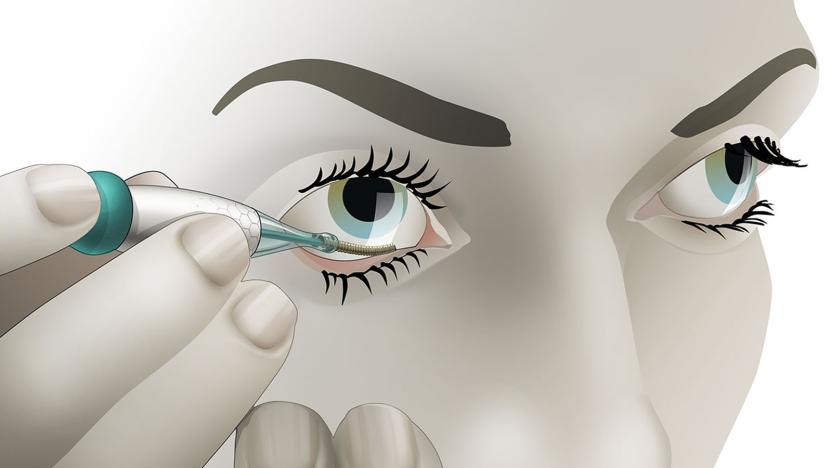
Eyelid glucose sensor might pick up where Verily left off
Just because Alphabet's Verily shelved its glucose-monitoring contact lens doesn't mean you're stuck without an unintrusive way to manage diabetes. IEEE Spectrum has discovered a recent study that shows promise for Dutch startup Noviosense's own wearable glucose monitor, which measures tears by sitting in your lower eyelid. The spring-like coil was accurate enough that 95 percent of its data was either as good as blood or close enough to be acceptable. For contrast, previous studies suggested that tears might only have a 70 percent correlation at best.
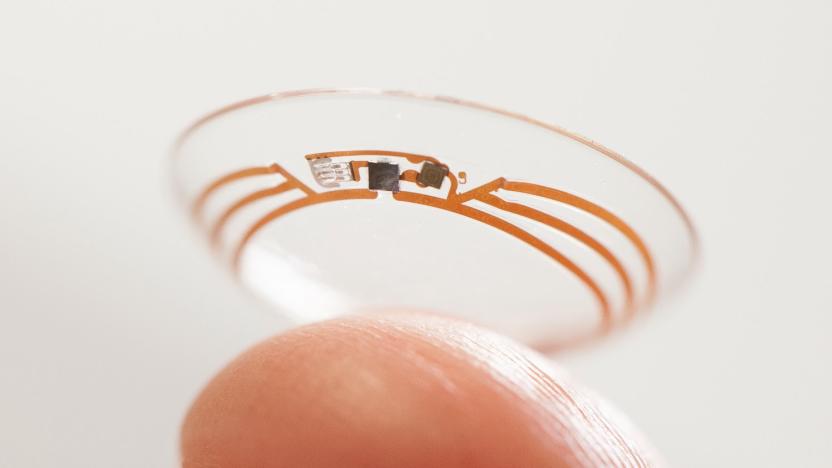
Verily shelves its glucose-monitoring contact lens project
In 2014, Verily, Alphabet's life sciences subsidiary, teamed up with Alcon to develop a contact lens that could measure glucose levels in tears. The idea being that diabetics would have an easier, less invasive way of keeping track of their glucose levels. But the companies have now decided to shelve that project, as their work has shown that it's actually quite difficult to obtain consistently accurate measurements of glucose from tears.
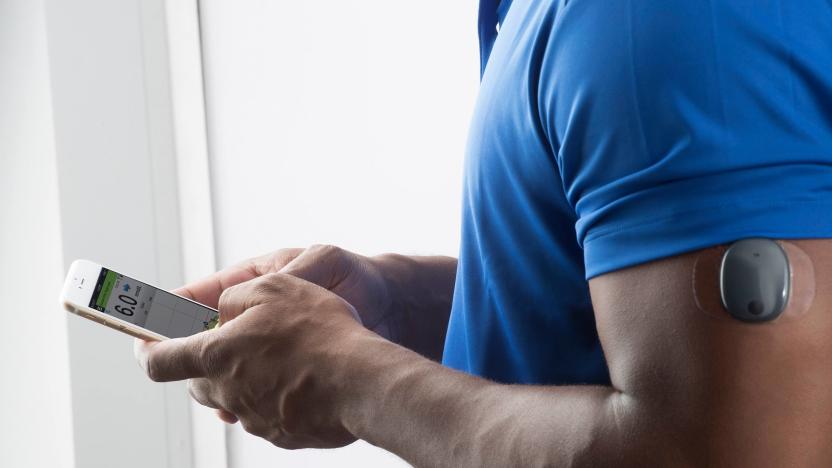
FDA approves implantable glucose monitor that lasts for 90 days
A year ago, the FDA implemented new, streamlined regulations for digital devices. One of them is a continuous glucose-monitoring (CGM) system the FDA just approved that sends data from an implantable sensor to a paired mobile app, letting patients see their levels on their smart device. Once it's inserted by a medical professional, it can stay in the body for up to 90 days, which is far longer than comparable external sensors that typically must be swapped out around the ten-day mark. It's the first implantable CGM approved by the agency.
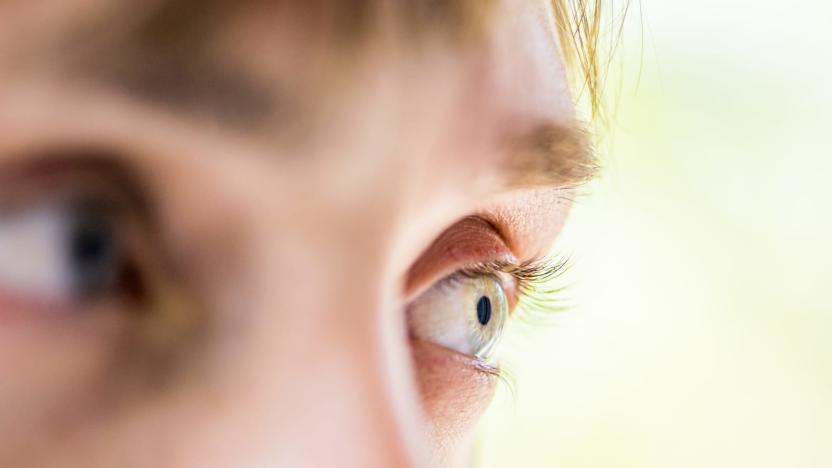
FDA approves AI-powered software to detect diabetic retinopathy
30.3 million Americans have diabetes according to a 2015 CDC study. An additional 84.1 million have prediabetes, which often leads to the full disease within five years. It's important to detect diabetes early to avoid health complications like heart disease, stroke, amputation of extremities and vision loss. Technology increasingly plays an important role in early detection, too. In that vein, the US Food and Drug Administration (FDA) has just approved an AI-powered device that can be used by non-specialists to detect diabetic retinopathy in adults with diabetes.

Fitbit's latest acquisition could help you manage health conditions
Fitbit is very familiar with the health care world, and its latest acquisition drives that point home. The company has bought Twine Health, whose centerpiece is a health coaching platform that helps you manage chronic conditions (such as diabetes and hypertension) and complete "lifestyle interventions" like weight loss or quitting smoking. The move will help Fitbit offer its wares to health plans and self-insured companies -- and, to no one's surprise, gives it a chance to make more money from subscriptions.
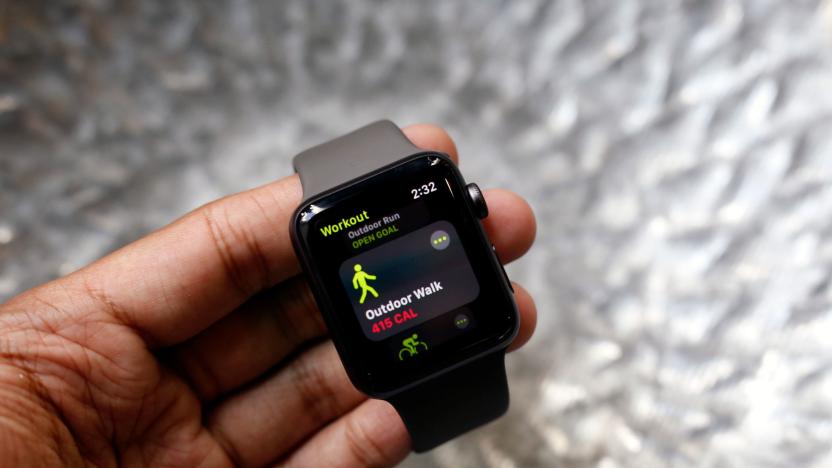
Data from wearables helped teach an AI to spot signs of diabetes
In a new study conducted with the UCSF Department of Medicine, a neural network developed by a startup called Cardiogram was able to detect diabetes with nearly 85 percent accuracy, just by looking at people's heart beats over time. And the kicker? As always, the study didn't require any fancy medical hardware — just Apple Watches, Fitbits, Android Wear devices, and other wearables with heart rate sensors.
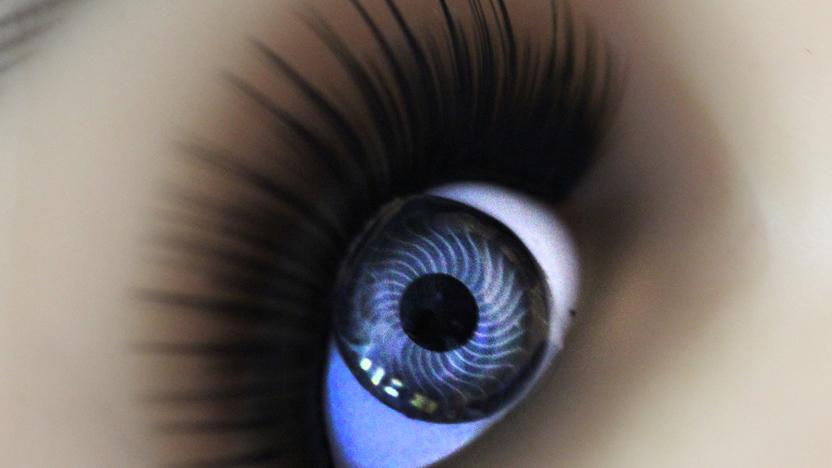
Glucose-tracking smart contact lens is comfortable enough to wear
The concept of a smart contact lens has been around for a while. To date, though, they haven't been all that comfortable: they tend to have electronics built into hard substrates that make for a lens which can distort your vision, break down and otherwise cause discomfort. A team of Korean scientists might just come to the rescue. They've developed a smart lens that could help diabetics track blood glucose levels while remaining stretchable enough to be comfortable and transparent enough to preserve vision.
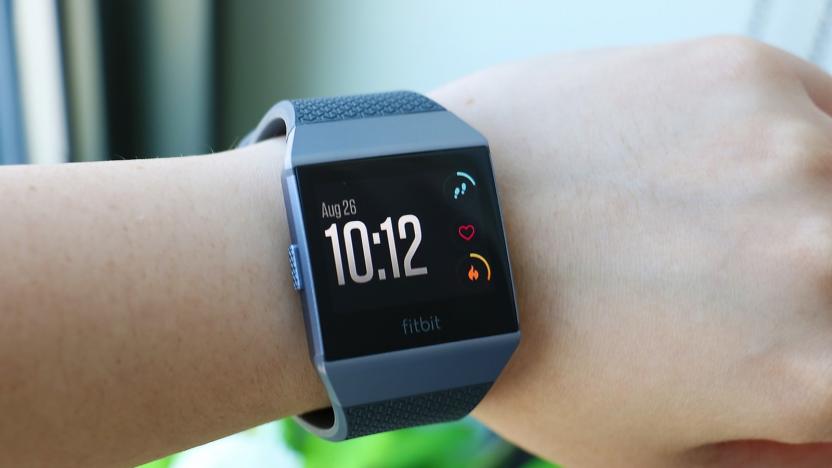
Fitbit could add glucose monitors to future health-monitoring devices
Fitbit just invested over $6 million in a company called Sano that's working on a coin-sized patch that monitors blood sugar, CNBC reports. The wearables-maker already incorporates other glucose-tracking devices' data into its Ionic smartwatch, but this investment suggests that the company might be looking to more directly incorporate a monitor into its devices. "This fits into our strategy of looking beyond the device and thinking more about (health) solutions," Fitbit CEO James Park told CNBC. "I think the complete solution comes in the form of having some monitoring solution that is coupled with a display, and a wearable that can give you the interventions at the right moment."

FDA approves first shock wave device made to heal wounds
Using "acoustic shock waves" to promote healing isn't just for Overwatch, as Sanuwave has obtained FDA approval for its Dermapace System (Pulsed Acoustic Cellular Expression = PACE). Its approval is specifically to help heal foot ulcers in diabetic patients, where damage to blood vessels and nerves can lead to reduced circulation, infection and sometimes amputation. The Dermapace mechanically stimulates the wound, which Sanuwave says promotes healing. Like several other "first" FDA approvals we've seen recently, this device went through the de novo review process designed specifically to get new technology on the market.
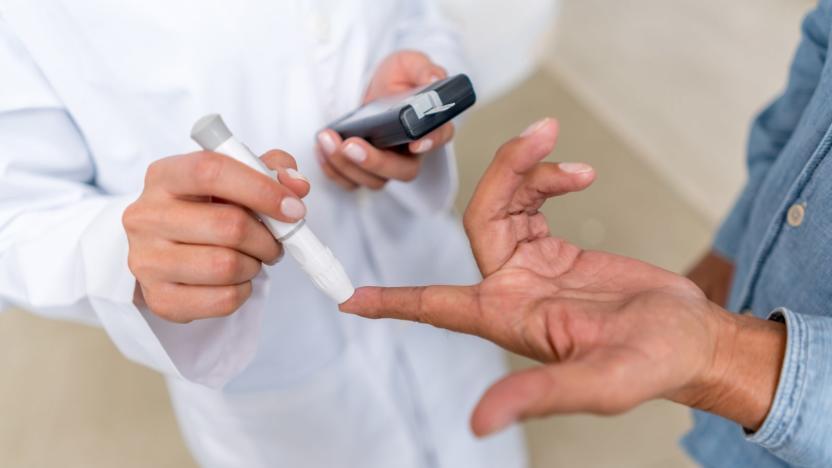
The NHS is turning to tech to help prevent Type 2 diabetes
Last year, the NHS launched a diabetes prevention programme aimed at helping high-risk patients stop or delay the onset of full-blown Type 2 diabetes. NHS England has now announced that it's turning to tech for the second phase of the project, and will pilot the use of digital tools and wearables to further the programme's goal. Eight regions in the UK will aim to recruit over 5,000 patients in total over the next six months to take part in a year-long trial of new ways to tackle obesity and high blood sugar levels, both of which are common precursors to Type 2 diabetes.
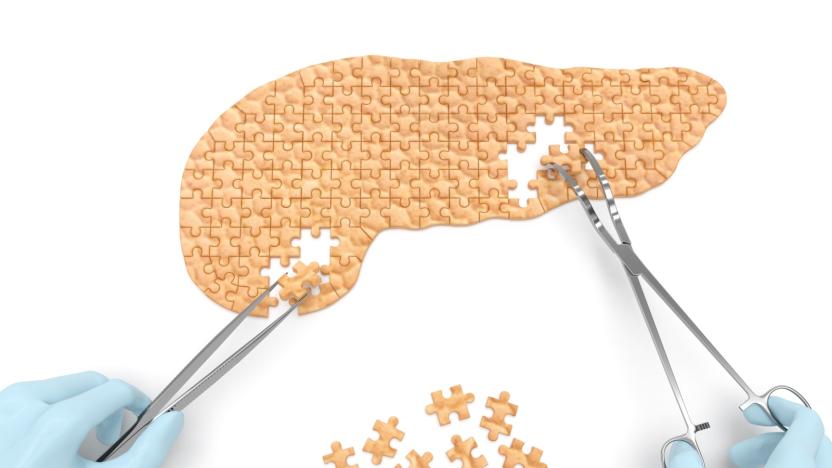
Artificial pancreas uses your phone to counter diabetes
If you live with type 1 diabetes, you have to constantly keep track of your blood sugar levels and give yourself just the right amount of insulin. It's arduous, and more than a little frightening when you know that the wrong dose could have serious consequences. However, researchers might have a way to let diabetics focus on their everyday lives instead of pumps and needles. They've successfully trialed an artificial pancreas system that uses an algorithm on a smartphone to automatically deliver appropriate levels of insulin. The mobile software tells the 'organ' (really an insulin pump and glucose monitor) to regulate glucose levels based on criteria like activity, meals and sleep, and it refines its insulin control over time by learning from daily cycles. Effectively, it's trying to behave more like the pancreas of a person without diabetes.
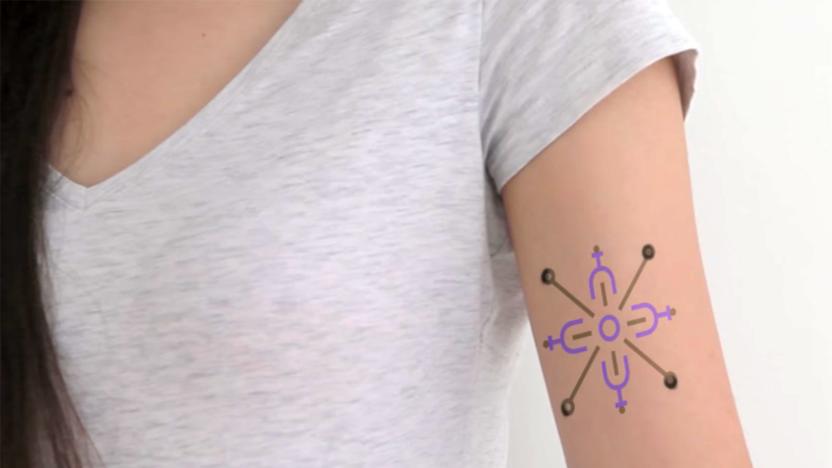
Smart tattoos turn your skin into a health tracker
There's a common problem with health-tracking devices like smartwatches: they're not really attached to you, which leaves you relying on a short-lived battery and a wireless connection. Even a self-powered patch has its limits. That's where Harvard and MIT think they can help: they've developed smart tattoos that effectively place health sensors in your skin, no power or wireless link required. The ink in the tattoos reacts to the chemical composition of your interstitial fluid, which reflects the state of your blood. A green ink grows more intense to let athletes know when they're dehydrated, while another green ink turns brown to warn diabetics when their glucose levels go up.
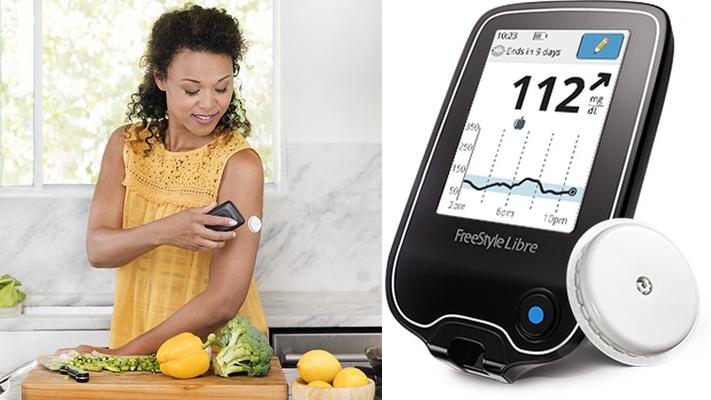
FDA OKs a blood sugar monitor that doesn't need fingerpricks
A fingerprick isn't just a fingerprick when you have to do it all the time to test your blood sugar levels. Thankfully, the Food and Drug Administration has approved the first continuous glucose monitoring system for adults that doesn't require you to draw blood several times a day. Abbott's FreeStyle Libre Flash Glucose Monitoring System works by inserting a tiny sensor wire below the surface of your skin. The wire needs 12 hours to start up, but once it's ready, you can simply pass a mobile reader over it to read your glucose levels. It even works for 10 days before you have to replace it.
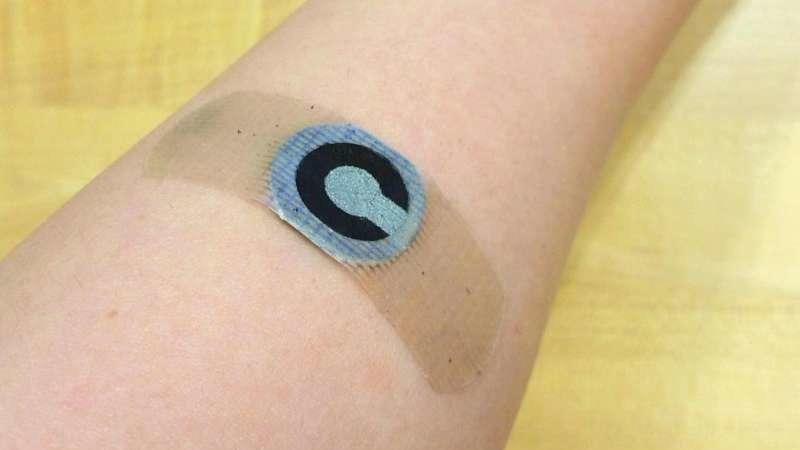
Self-powered patch monitors glucose levels during exercise
Diabetics could soon have an effective, non-invasive way to measure glucose levels during exercise, thanks to a patch designed by researchers at the State University of New York. The paper-based patch sticks directly onto the skin like a Band-Aid, and wicks sweat into a reservoir where it's converted into electrical energy, powering a biosensor that monitors glucose without the need for external power.

A nanoparticle-coated skin patch could treat obesity and diabetes
A new study out today in ACS Nano presents an interesting and effective way to reduce fat stores in the body. Researchers at Columbia University and the University of North Carolina showed that a patch loaded with nanoparticles could reduce fat, increase energy expenditure and ameliorate type-2 diabetes in obese mice.

Fitbit’s Ionic smartwatch will help diabetics track glucose levels
Fitbit is pairing up with Dexcom, a company that creates continuous glucose monitoring (CGM) devices for people with diabetes. In an announcement today, the companies say that their first initiative is to bring Dexcom's monitoring device data to Fitbit's new Ionic smartwatch.

'Micromotors' alter your gut's chemistry to safely deliver medicine
There's a reason diabetics can't take their insulin orally (for the time being): stomach acid is super effective at dissolving it and similar large proteins, like antibiotics. But rather than force patients to pound pints of Maalox or chew a tub of Tums before taking their medicine, a team of researchers at UC San Diego have developed a novel method of getting your medication past the acid by using nearly microscopic drug delivery vehicles which increase the pH as they swim through your stomach.
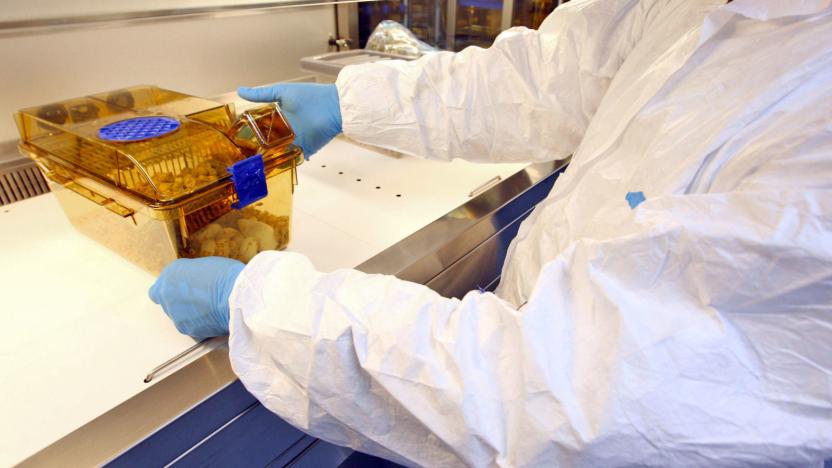
Artificial skin transplants could be used to treat diabetes
Skin grafts made using CRISPR gene editing are preventing mice from developing diabetes, and scientists claim they could prove beneficial for humans too. In a proof-of-concept study, researchers at the University of Chicago edited stem cells from newborn mice to controllably release glucagon-like peptide 1 (GLP-1). This is the hormone that stimulates the pancreas to produce insulin while maintaining healthy levels of blood glucose. The genetically modified skin grafts were then given to mice that were fed high-fat diets to induce obesity. These mice saw a reverse in insulin resistance and gained around half as much weight as those not given the grafts.
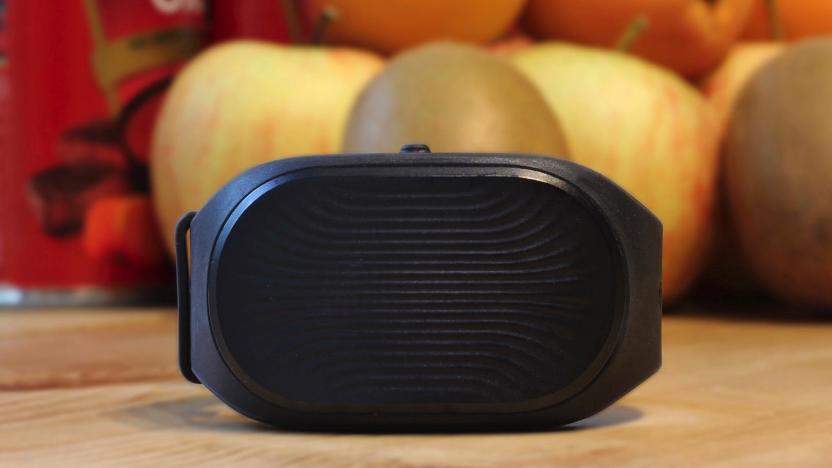
Healbe's GoBe 2 calorie tracker teases the future of wearables
Shortly before Apple's most recent developer conference, rumors began to circulate about the next generation of its watch. Sources suggested that the device would demonstrate a form of noninvasive glucose monitoring -- a way to check blood sugar levels without breaching the skin. If possible, the Apple Watch Series 3 would become an essential product for 29 million American diabetics, overnight. It came to nothing, of course, but people are still wondering if there's a way for smartwatches to sniff our blood and tell us their findings. Thing is, there's already a watch that professes to do a similar task: the controversial Healbe GoBe.

A future Apple Watch could be essential for diabetics
Apple is quietly developing a sensor that can monitor a person's blood sugar levels continuously and non-invasively. If successful, the technology will be integrated into a future version of the Apple Watch to help people with diabetes manage their condition. At least, that's the scuttlebutt being slung around by CNBC, which claims the project was set up by Steve Jobs before his death.











